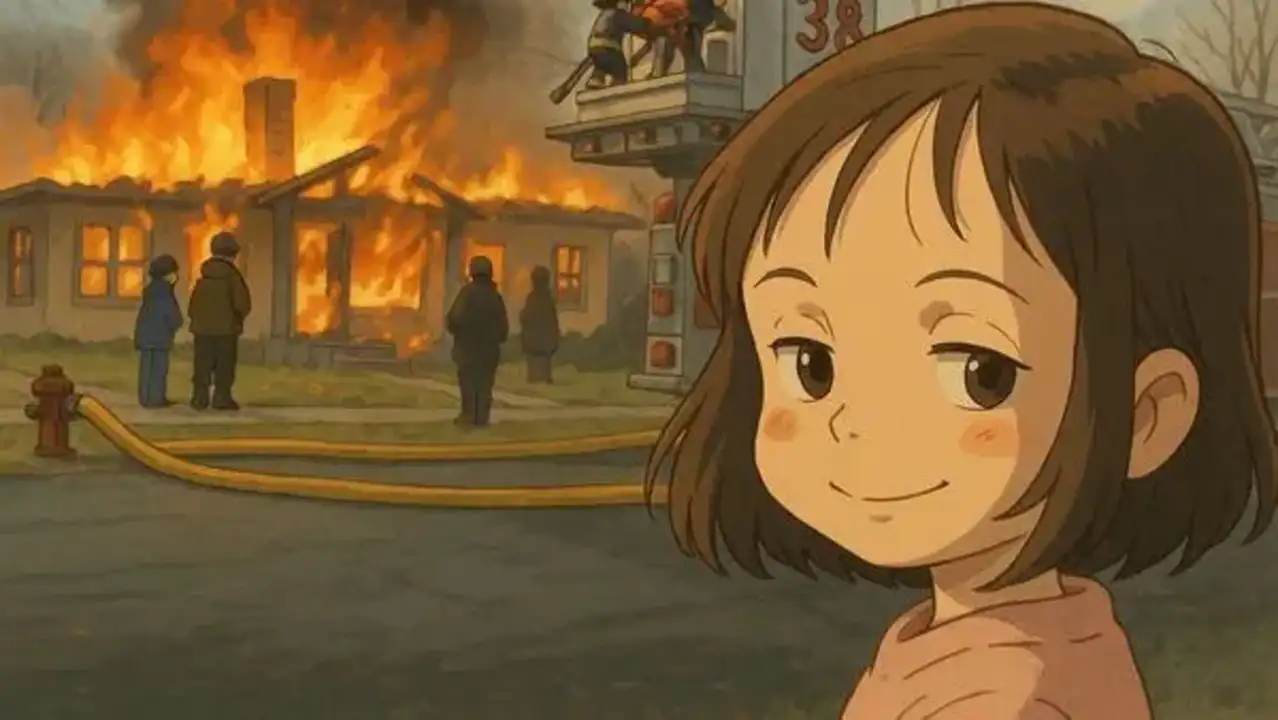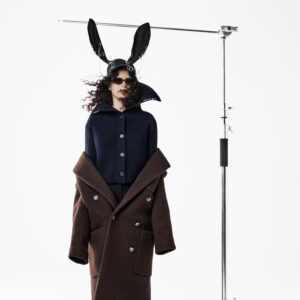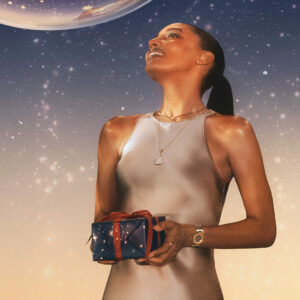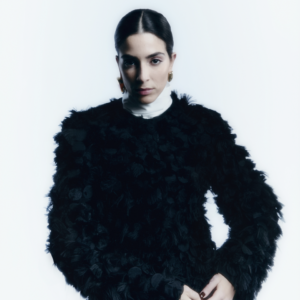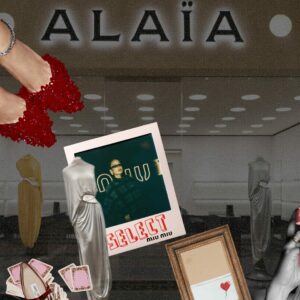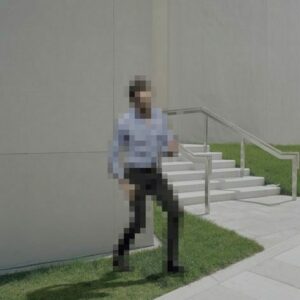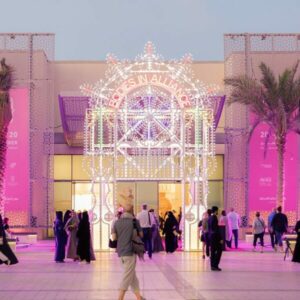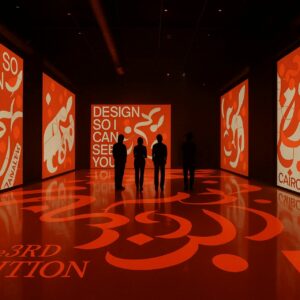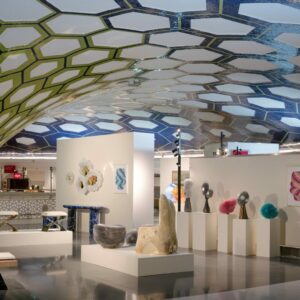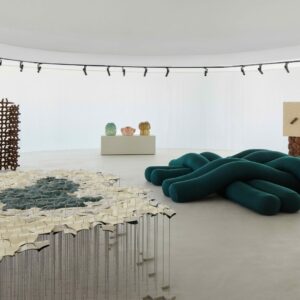In the age of AI, one of the most troubling trends emerging in the art world is the rampant creation of images mimicking iconic styles without the artist’s consent. Perhaps one of the most glaring examples of this is the ongoing flood of AI-generated artworks that replicate the unmistakable style of Studio Ghibli (Instagram), without any permission from the studio that created it. It’s not just a harmless mimicry; it’s intellectual property theft, a dilution of the unique, a step toward the erosion of what makes art special in the first place. And frankly, it’s appalling.
Studio Ghibli’s work is widely beloved for its hand-drawn animation, breathtaking artistry, and emotive storytelling. Ghibli films are a cultural touchstone, having influenced generations of creators and audiences alike. Yet, in the digital age, those iconic visuals are being reproduced and churned out by AI tools with no regard for the original artists who painstakingly crafted them. This isn’t about fan art or admiration; this is about digital theft—no different than stealing someone’s design or story, changing a few details, and claiming it as your own.
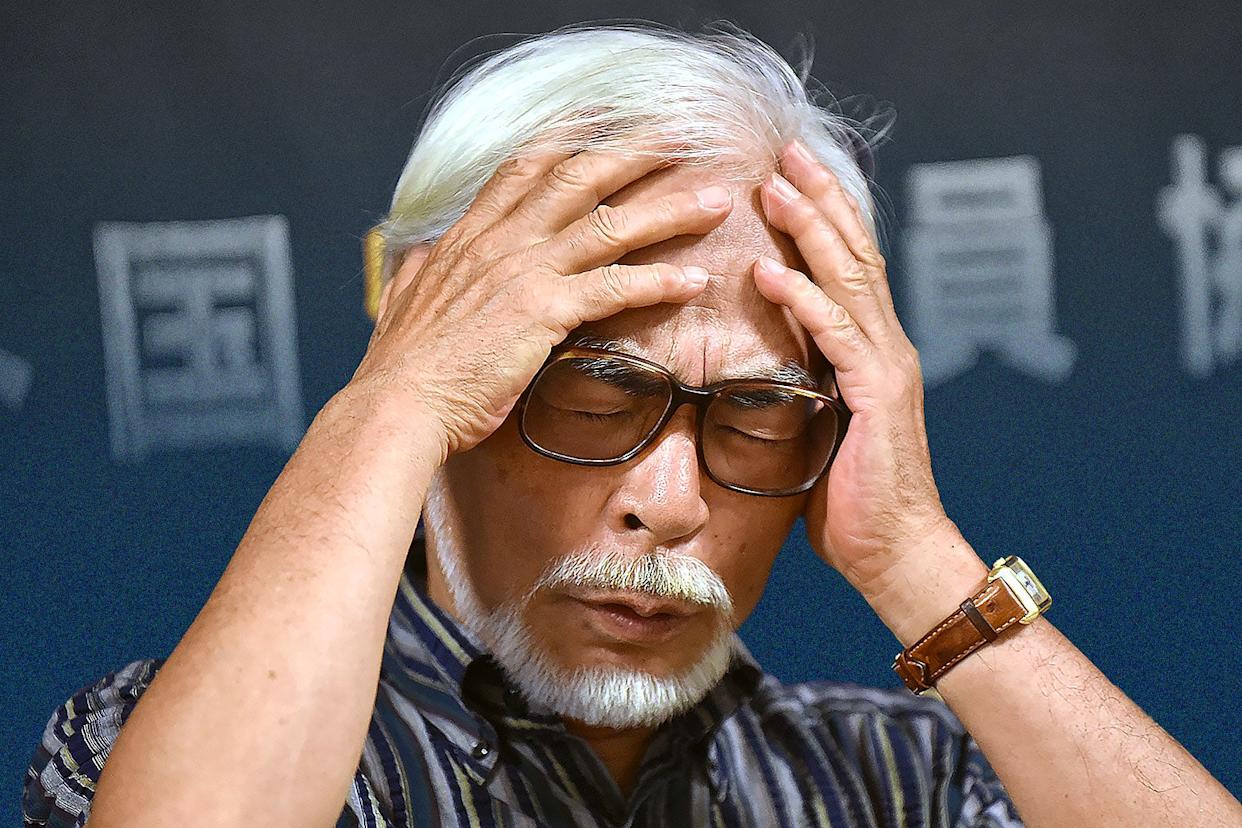
The rise of AI art generators has made it easier than ever to create art that mimics the styles of others. The tools are accessible, the results are fast, and the output is often astonishingly accurate. But there’s a significant moral and legal issue at play: it’s all based on the unlicensed use of existing art. For Studio Ghibli, this means that their unique aesthetic—one they’ve built over decades—is being pirated by anyone with access to an AI tool. The art is no longer “theirs,” it’s anyone’s to replicate.
This ties directly into a key issue in contemporary art—intellectual property. When these images are generated, they are copies, but copies that lack the “aura” of the original, as theorist Walter Benjamin described. In his 1936 essay The Work of Art in the Age of Mechanical Reproduction, Benjamin argued that the “aura” of an artwork is its unique presence in time and space, something that cannot be replicated through mechanical reproduction. In the digital era, we have pushed this concept even further: we’re not just talking about mechanical reproduction anymore, but digital reproduction, with deepfakes and AI-generated images flooding the creative landscape.
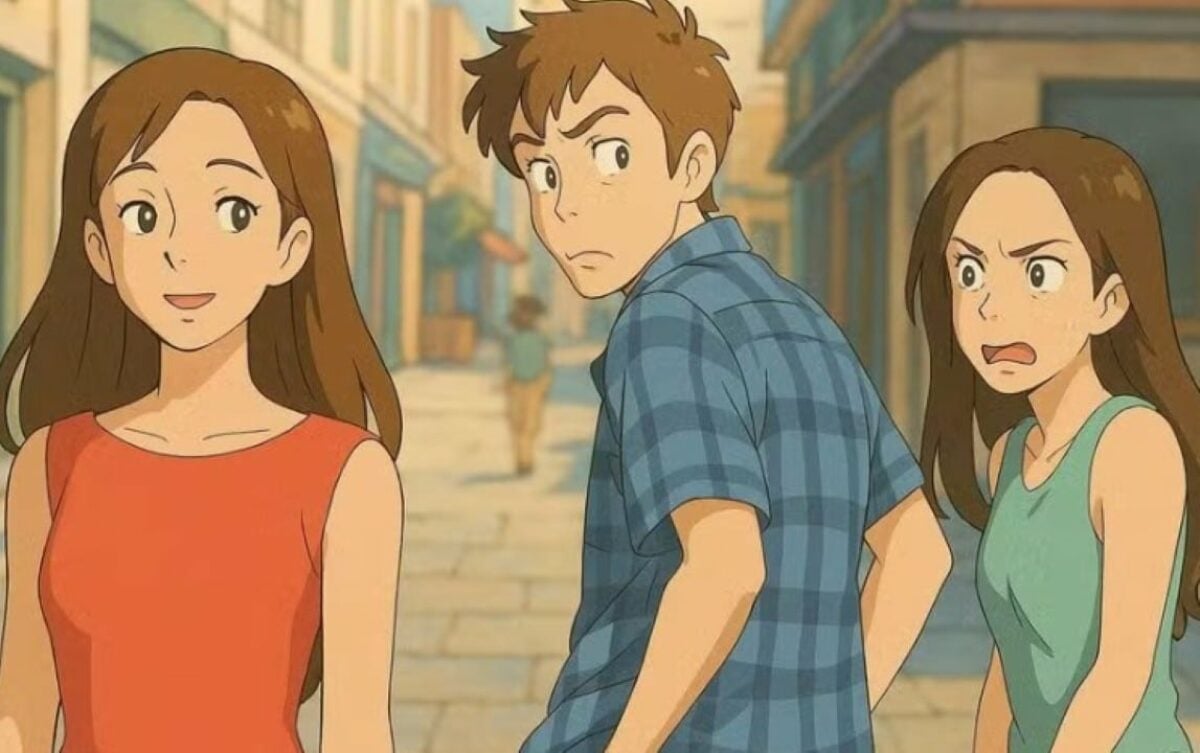
What makes this all the more concerning is the sheer scale of it. Unlike traditional reproductions, digital works can be copied endlessly, in perfect fidelity, with no degradation in quality. The ease of access to AI tools means that even people with little to no artistic training can create convincing copies of established works, often without fully understanding the implications of their actions.
What this results in is a world where the value of originality is diminished. If everything can be reproduced, where does that leave the artist? Where does that leave the artwork? The unique qualities that define a piece of art—the soul of the work—are stripped away when it’s endlessly imitated without permission or consideration. And for an institution like Studio Ghibli, that has spent years cultivating its style and creative voice, this kind of unregulated digital reproduction is particularly damaging.
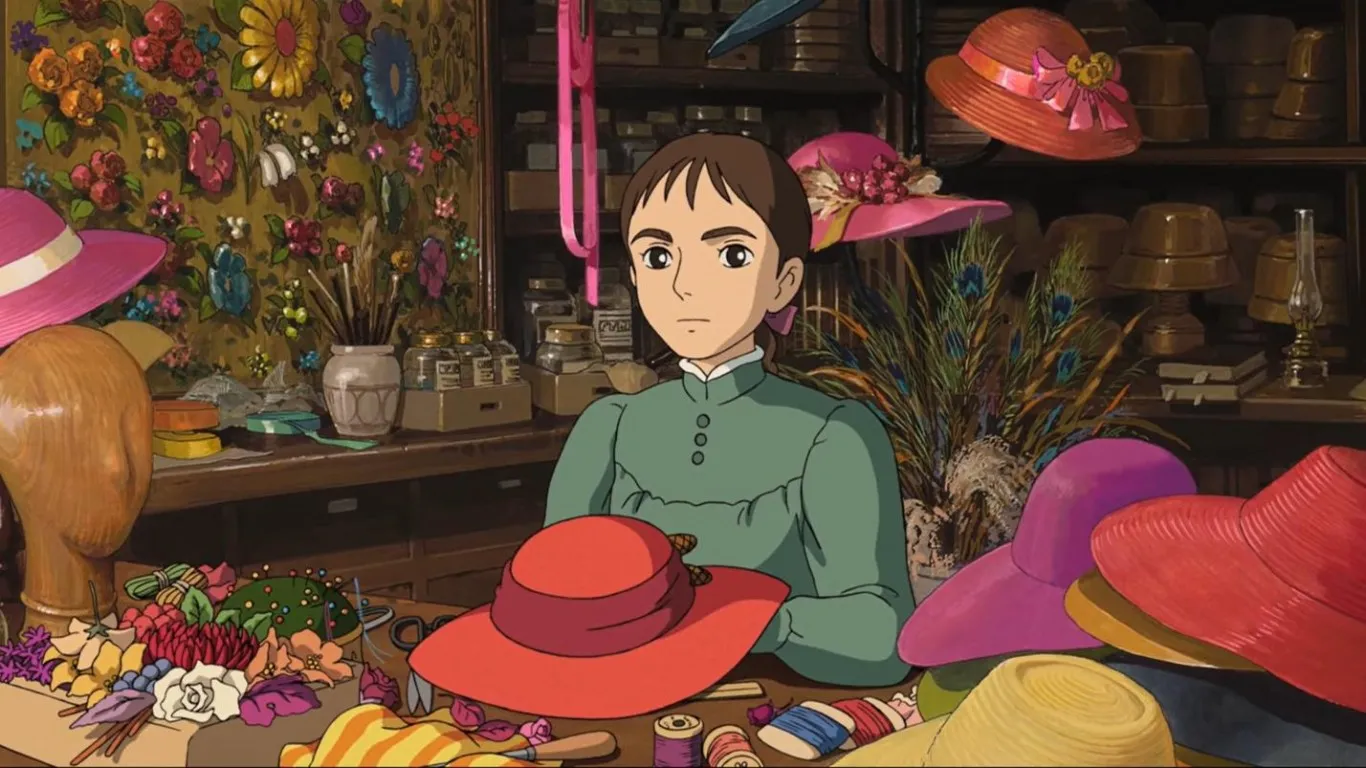
In fact, AI art generators are creating a situation where artists’ intellectual property can be diluted before it’s even fully recognized as intellectual property. Studio Ghibli’s work, and other iconic styles, are being eaten up by these tools, making it harder for future generations to even recognize the value of the original. Why buy the real thing when you can have an AI-generated version, after all? And that’s the problem—it turns what should be unique and valuable into something easily replicable and disposable.
This isn’t about being anti-technology. It’s about respecting the value of creativity, originality, and the labour that goes into producing art. It’s about understanding that every time a work is copied, even by a machine, there’s an artist behind it who deserves recognition and protection of their intellectual property. Just because a machine can reproduce it doesn’t mean it should.
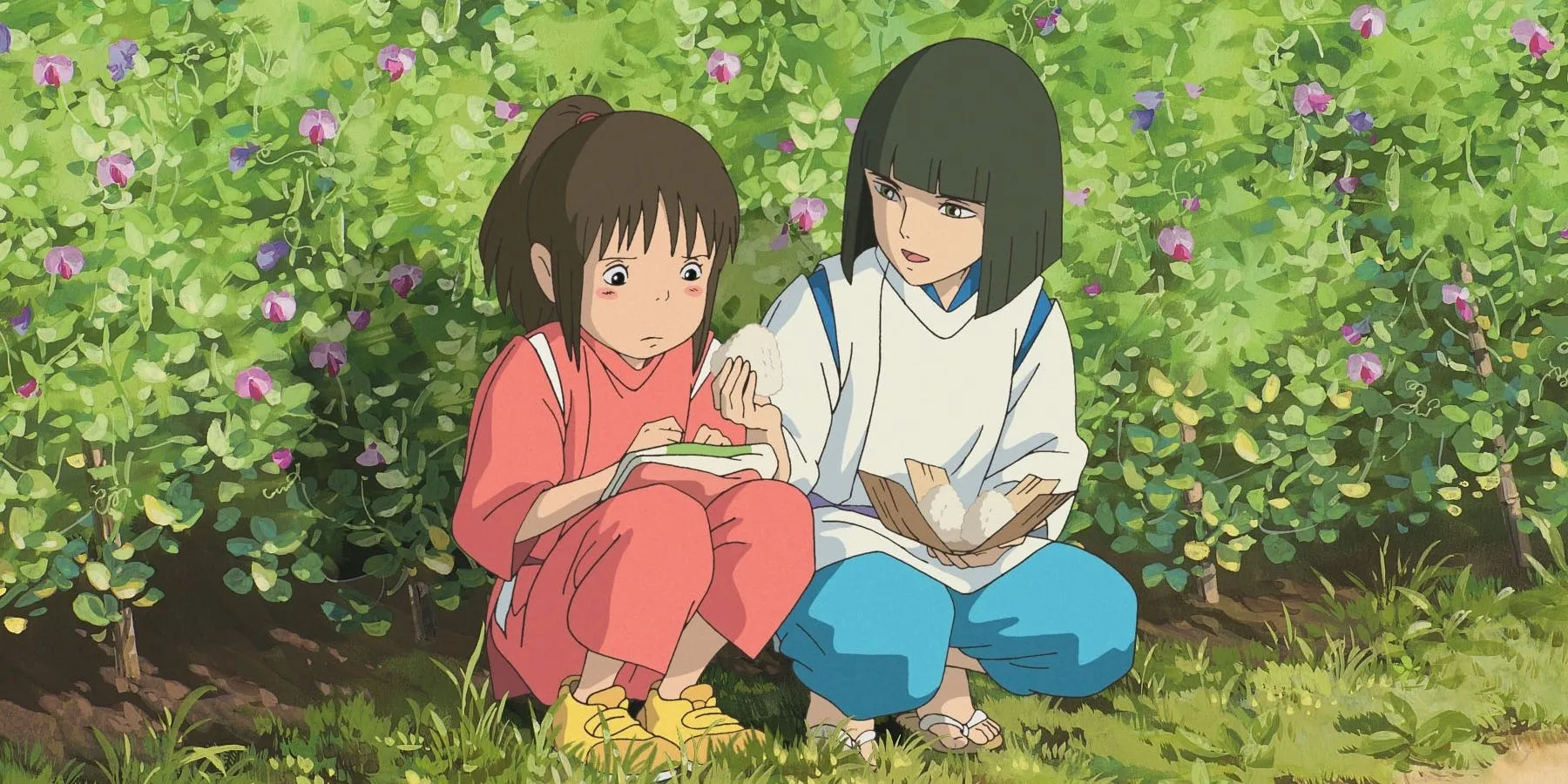
As we continue to navigate this new landscape of digital art and AI, we need to hold both technology and its users accountable. Artists need better protections against the use of their work without consent, and we need to start asking hard questions about the ethics of AI in art. Just because we can reproduce art in a way never before possible doesn’t mean we should. Creativity deserves more respect than this.
For more stories of art and culture, visit our dedicated archives.
